P and Q are isomers of dicarboxylic acid C4H4O4. Bothdecolorize Br2/H2O. On heating, P forms the cyclic anhydride. Upon treatment with dilute alkaline KMnO4,P as well as Q could produce one or more than one forms S,T and U.
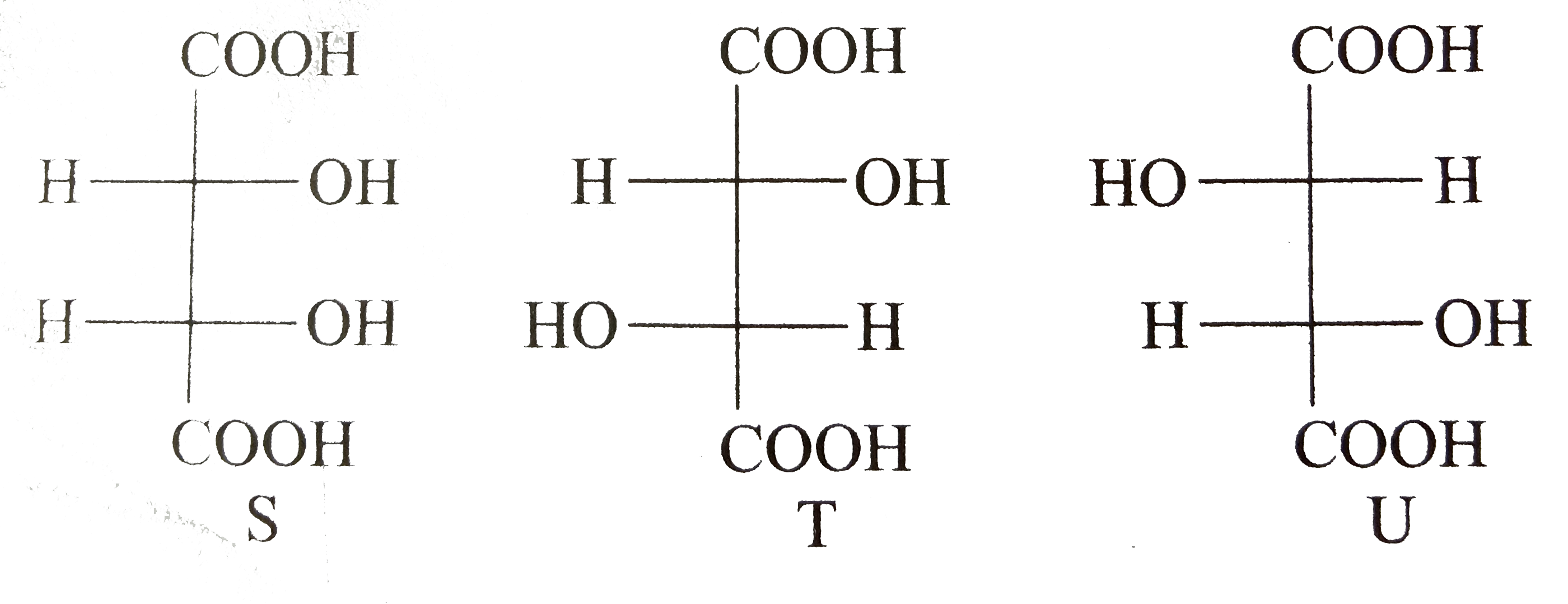 Compounds formed from P and Q are, respectively
Compounds formed from P and Q are, respectively
Optically active S and optically active pair (T,U)
Optically inactive S and optically inactive pair (T,U)
Optically active pair (T,U) and optically active S
Optically inactive pair (T,U) and optically inactive S
The correct Answer is:A
(b) The compounds P and Q are unsaturated dicarboxylic acids :
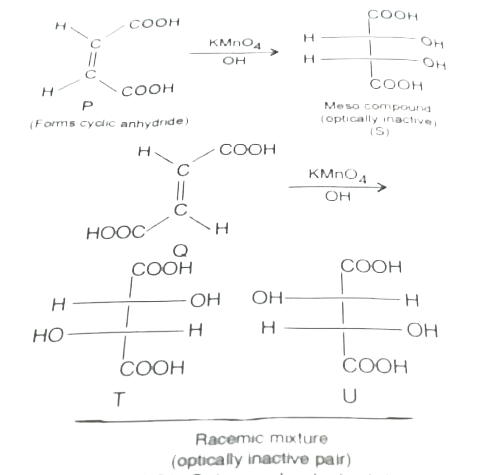
Topper's Solved these Questions
- BOOK - DINESH PUBLICATIONCHAPTER - CARBOXYLIC ACIDS EXERCISE - MATRIX-MATCH TYPE QUESTIONS5videos
CARBOXYLIC ACIDS
- BOOK - DINESH PUBLICATIONCHAPTER - CARBOXYLIC ACIDS EXERCISE - BRAIN STORMING MULTIPLE CHOICE QUESTIONS (MCQS)13videos
CARBOXYLIC ACIDS
- BOOK - DINESH PUBLICATIONCHAPTER - CARBOXYLIC ACIDS EXERCISE - ASSIGNMENT56videos
CARBOXYLIC ACIDS
- BOOK - DINESH PUBLICATIONCHAPTER - BIOMOLECULESEXERCISE - MATRIX - MATCH TYPE8videos
BIOMOLECULES
- BOOK - DINESH PUBLICATIONCHAPTER - CHEMICAL BONDING AND MOLECULAR STRUCTUREEXERCISE - Unit Test - 120videos
CHEMICAL BONDING AND MOLECULAR STRUCTURE
Similar Questions
Match the statements (A,B,C,D) in column I with the statements (p,q,r,s) is column II. The answers to the question have to be properly bubbled.
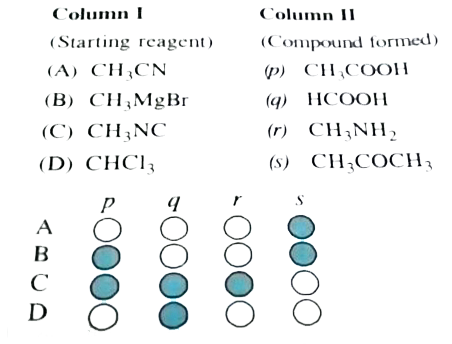 02:21View Solution
02:21View SolutionWhich of the following reaction will lead to enantiomeric molecules ?
03:18View SolutionWrite the IUPAC name of
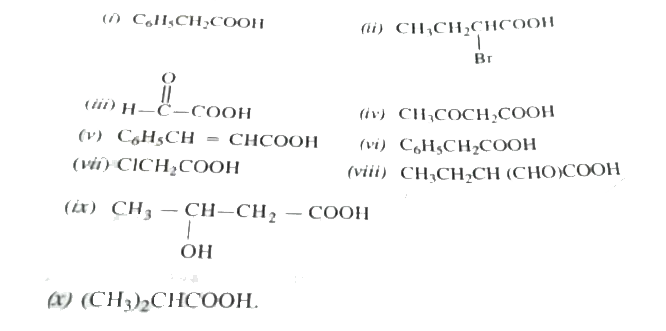 05:30View Solution
05:30View SolutionMatch the statements (A, B, C, D) in Column I with the statements (p, q, r, s) in Column II. Answers to the questions have to be properly bubbled.
∣∣ ∣ ∣ ∣ ∣ ∣∣Column IColumn II(A)CH3CH(OH)CHO(p)Carbohydrate(B)HOCH2CH(OH)CHO(q)Amino acid(C)CH3CH(NH2)COOH(r)Positive Tollen's test(D)C6H5CH(CH2NH2)COOH(s)Ninhydrin test∣∣ ∣ ∣ ∣ ∣ ∣∣
 View Solution
View SolutionIn multiplication and division the significant figures of answer must be same as that in the quantity with ……. number of significant figures
View SolutionP and Q are isomers of dicarboxylic acid C_(4)H_(4)O_(4) . Bothdecolorize Br_(2)//H_(2)O . On heating, P forms the cyclic anhydride. Upon treatment with dilute alkaline KMnO_(4),P as well as Q could produce one or more than one forms S,T and U . Compounds formed from P and Q are, respectively
View SolutionP and Q are isomer of dicraboxylic acid C4H4O4 Both decolourixe Br2/H2O. On heating , P forms the cyclic anhydride. Upon treatment with duilute alkaline KMnO4. P as well a Q could produce one or more than one from S,T and U.
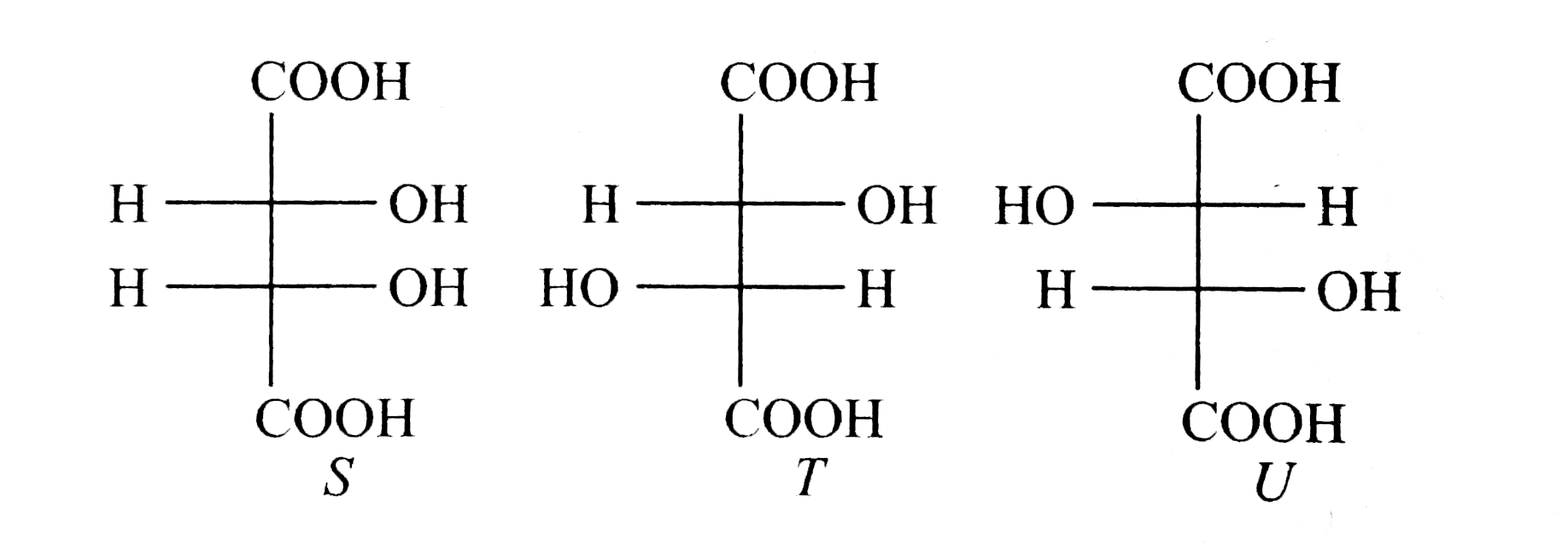
Compounds formed P and Q are, respectivelyView SolutionP and Q are isomer of dicraboxylic acid C4H4O4 Both decolourixe Br2/H2O. On heating , P forms the cyclic anhydride. Upon treatment with duilute alkaline KMnO4. P as well a Q could produce one or more than one from S,T and U.
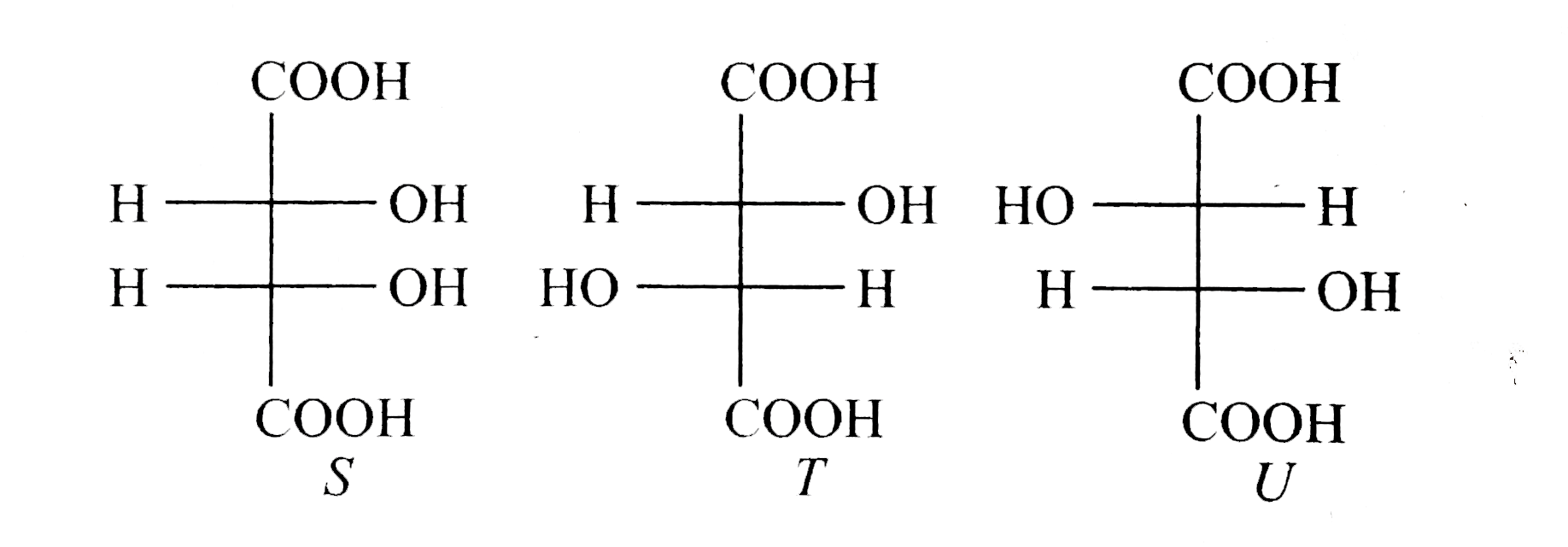
In the following reaction sequences V and W are respectively
QH2/Ni−−−→ΔV
 View Solution
View Solution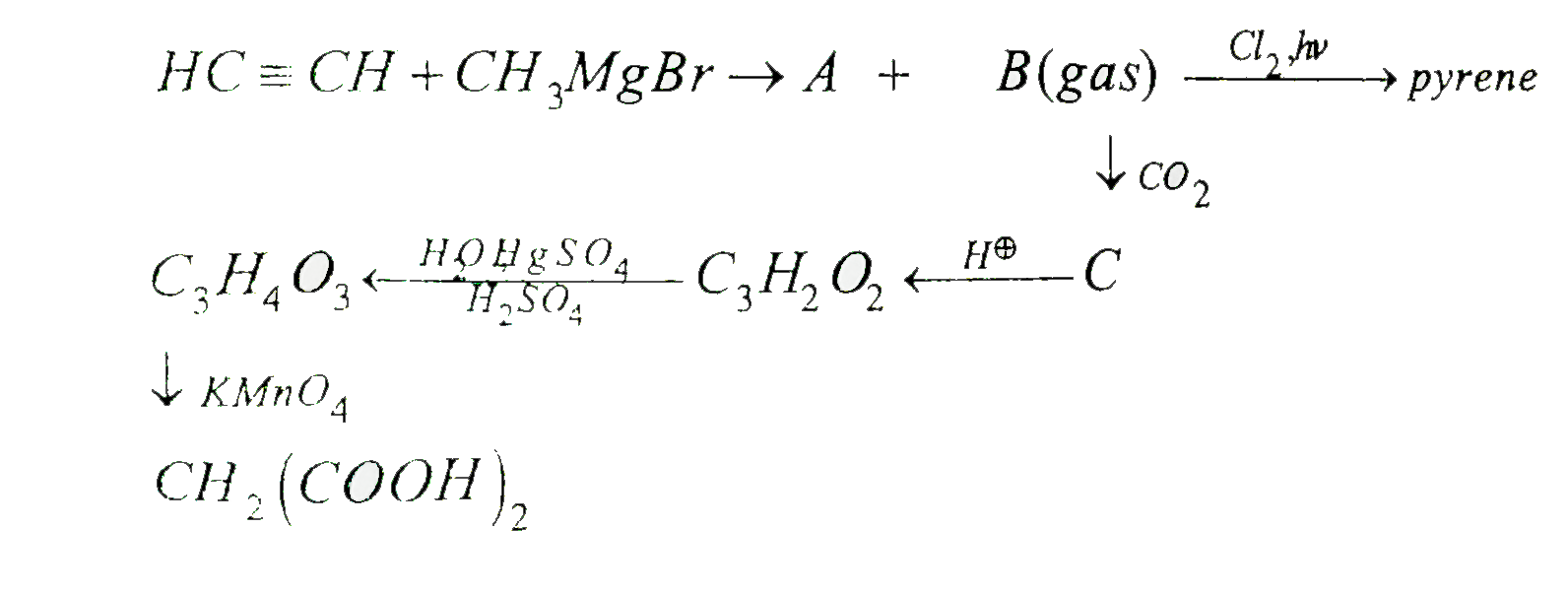
Q. C3H2O2Hot alkaline−−−−−−→KMnO4Product. One of the products is04:43View SolutionCompound 'P'(C_(10)H_(12)O) evolves H_(2) gas with Na metal. It reaches with Br_(2)//"CC"l_(4) to give 'Q' (C_(10)H_(12)Br_(2)O) . With I_(2)/NaOH it forms iodoform andan acid 'R'(C_(9)H_(8)O_(2)) . 'P' has geometrical and optical isomers. The sturcture of 'P' and 'R' should be
View SolutionP and Q are isomers of dicarboxyhc acid C4H4O4 .Both decolourize Br2/H2O On heating, P forms the cyclic anhydride.
Upon treatment with dilute alkaline KMnO4, P ass well as Q could produce one or more than one from S. T and U.

Compounds formed form P and Q are, respectively.05:28View SolutionP and Q are isomers of dicarboxylic acid C4H4O4. Both decolorize Br2/H2O. On heating, P forms the cyclic anydride.
Upon treatment with dilute alkaline KMnO4, p as well as Q could produce one or more than one from the S,T and U
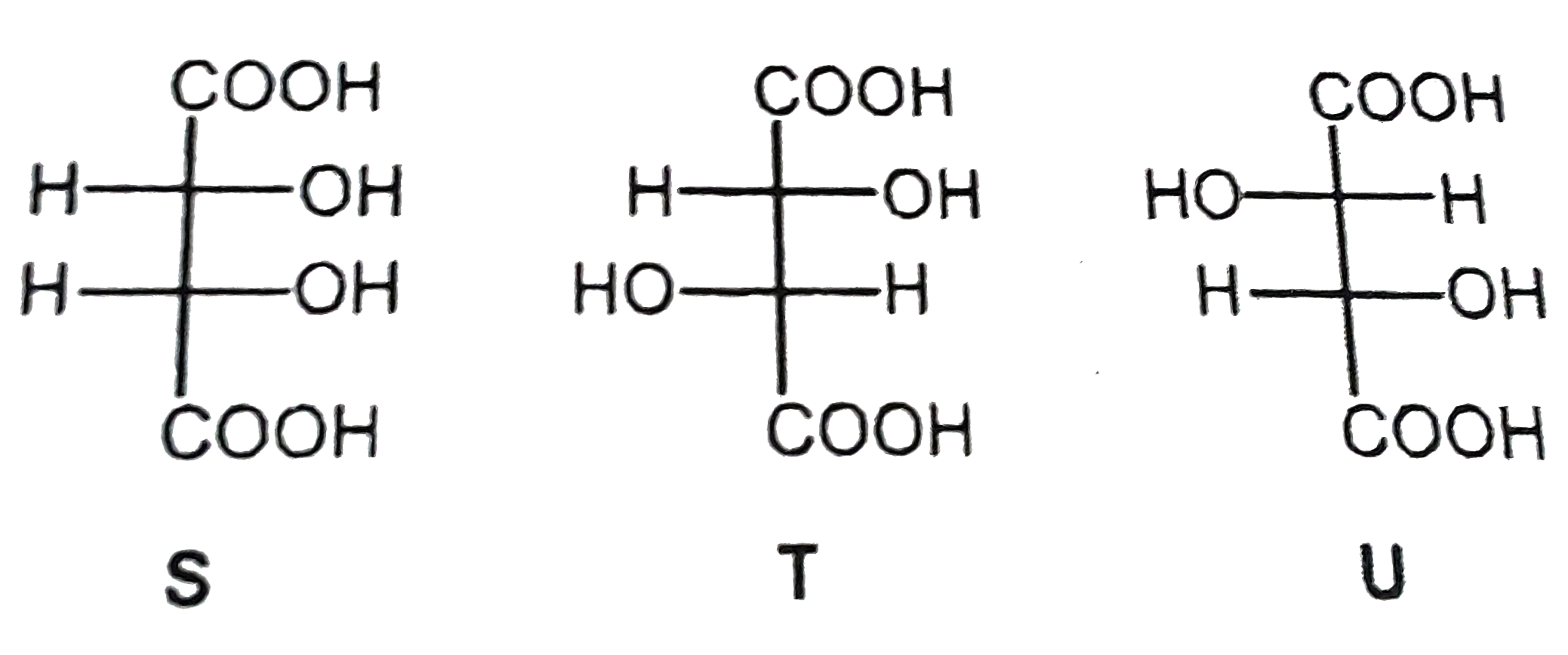
Compounds formed from P and Q are, respectively:View SolutionP and Q are isomers of dicarboxylic acid C4H4O4. Both decolorize Br2/H2O. On heating, P forms the cyclic anydride.
Upon treatment with dilute alkaline KMnO4, p as well as Q could produce one or more than one from the S,T and U

In the following reaction, sequences V and W are respectively.
 04:14View Solution
04:14View SolutionWhich pure compounds form intermolecular hydrogen bonds?
(P) HF
(Q) H2S
(R) CH403:28View Solution[P] overset(Br_(2))to C_(2)H_(4)Br_(2) underset(NH_(3))overset(NaNH_(2))to [Q] underset(Hg^(2+), Delta)overset(20% H_(2)SO_(4))to [R] overset(Zn-Hg // HCl)to [S] The species P, Q, R and S respectively are
02:17View SolutionP and Q are isomers C4H4O4 of dicarboxylic acid both decolorise Br2/H2O. On heating P forms the cyclic anhydride. Upon treatment with dilute alkaline KMnO4, P as well as Q could produce one or more than one form S, T and U

Compounds formed from P and Q are respectively01:27View Solution

